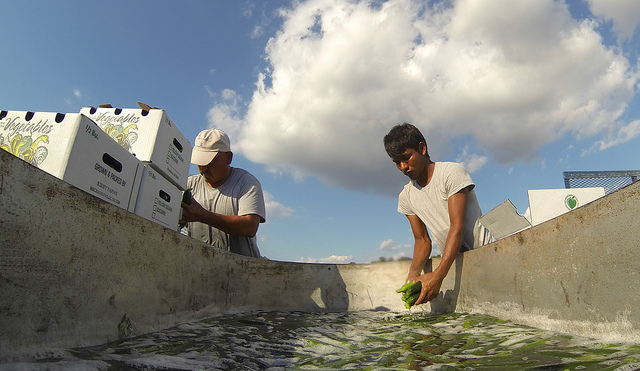
Migrant Remittances & Development in the Global Economy
How do patterns of migration and remittances differ across regions? What kinds of frameworks support the contributions of remittances to local development?
This report offers an analysis of migration and development in Central America. Migration's impact on development, and vice-versa, is significant. Over 60,000 people emigrate from Central America each year, facing difficulties in the process. Once they settle in the host country, they establish links back home of different kinds. Family remittances -- personal investments and private donations -- are among the main transnational economic activities in which migrants and their families engage. These remittances amount to nearly 15% of many countries' gross domestic product.
Migration's economic influence goes far beyond money transfers, however. A wide range of economic activities, including trade, transportation and telecommunications unfold at the intersection of migration and development.
This report offers recommendations for a preliminary agenda for governments seeking to leverage the economic activities of migrants in a more integral manner. By prioritizing, considering overall impact, and examining whether initiatives can be replicated and grown to scale, governments can design and implement effective policies. These policies can forward goals that are proportional to the magnitude of the migration-development nexus.
How do patterns of migration and remittances differ across regions? What kinds of frameworks support the contributions of remittances to local development?
The surge of child migrants from Central America has put the issue of immigration back on the table.
In 2014, remittances to Latin America and the Caribbean grew 4%, reaching at least $62.3 billion.
 Flickr.com/photos/usdagov
Flickr.com/photos/usdagov

